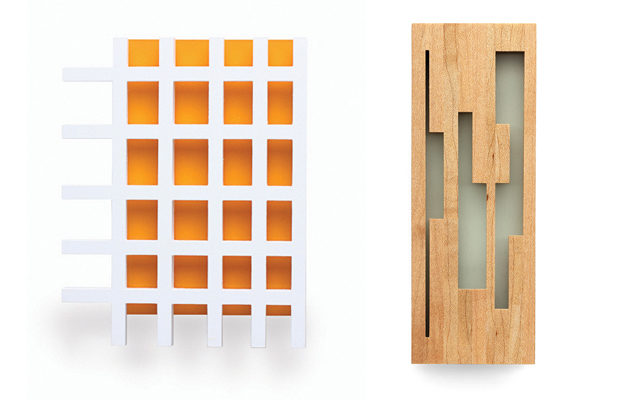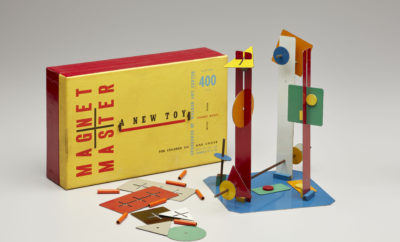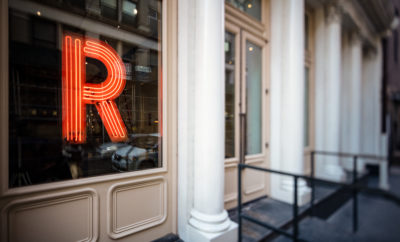
Exhibition
Thomas Gentille: An American Master Gets His Turn
UNTIL JUNE 5, Die Neue Sammlung–The Design Museum in Munich is celebrating the illustrious career of Thomas Gentille, one of the great artist jewelers of our time. Called Untitled (Gentille abhors the word retrospective and its implication of an imminent end to the artist’s career), the exhibition will include some 180 pieces of jewelry, sixty-three watercolors, and a two-hour film shot by Gentille called Stairs. He is the first American artist jeweler to be exhibited at the museum, and this honor is well deserved and timely for Gentille, who has devoted half a century to making jewelry. He is truly an American master, says Petra Hölscher, senior curator at Die Neue Sammlung.
During his senior year at the Cleveland Institute of Art, where he studied painting and sculpture, Gentille took a jewelry elective with renowned silversmith Frederick A. Miller, who taught him the basics. As the now famous story goes, Gentille wanted to make a pin from ebony, a material Miller thought was best reserved for teapot handles. Gentille went home and made it anyway.
Regarded as the first American art jeweler to work with alternative substances, Gentille has been on a self-proclaimed quest to unearth the “soul” of materials. He makes pieces using aircraft plywood, acrylic, and synthetic resins, to name just a few alternative materials, that, he says, “hide their soul the most” and require the artist “to work harder to find it. It is much easier to find the beauty of natural materials.” Ultimately, he continues, “all materials are precious”—an idea he tried to express with that first ebony piece—and it is what artists do with them that matters. Indeed, Gentille prefers to use gold, the most precious of all materials, in a “subversive way”—on the back of a brooch or as part of the construction of a piece, such as the rivets holding together acrylic and bronze.
In his jewelry Gentille is primarily concerned with longevity, of both the design and the construction. (Much to collectors’ chagrin, he dates his pieces only by the century of their creation.) Minimalist and geometric, his brooches are elegant and sophisticated. Often described as being “painterly,” his use of color (he mixes his own pigments) alternates between subdued and bold and derives from his familiarity with the color theories of Albert Munsell and Josef Albers.
Every piece he makes requires problem-solving. He often invents novel materials, colors, and techniques during the creative process. “My work is about half art and half engineering,” he explains, though “the engineering aspect shouldn’t show except in aesthetic terms” and both fail without the underpinnings of good craftsmanship.

It was through “always trying to find something new” that Gentille discovered the eggshell inlay technique for which he has become famous. It took him six years to essentially invent the process, which is akin to the ancient Japanese art of lacquer, except that where the Japanese used toxic lacquer with their eggshell inlay, Gentille applies only one invisible, nontoxic, coat as a finish. Some brooches are a simple slab of eggshell (he prefers the shells of hen eggs) enhanced by Pompeian red or a vivid yellow pigment. But Gentille isn’t averse to combining eggshell with other materials—even sawdust in one brooch. It is all about sensitivity to materials and creating the right composition.
In addition to his artistic career, Gentille wrote the first guide to making jewelry in 1968, called Step-By-Step Jewelry: A Complete Introduction to the Craft of Jewelry (Golden Press), and he directed the jewelry program at the 92nd Street Y in New York from 1972 to 1982. die-neue-sammlung.de/munich












